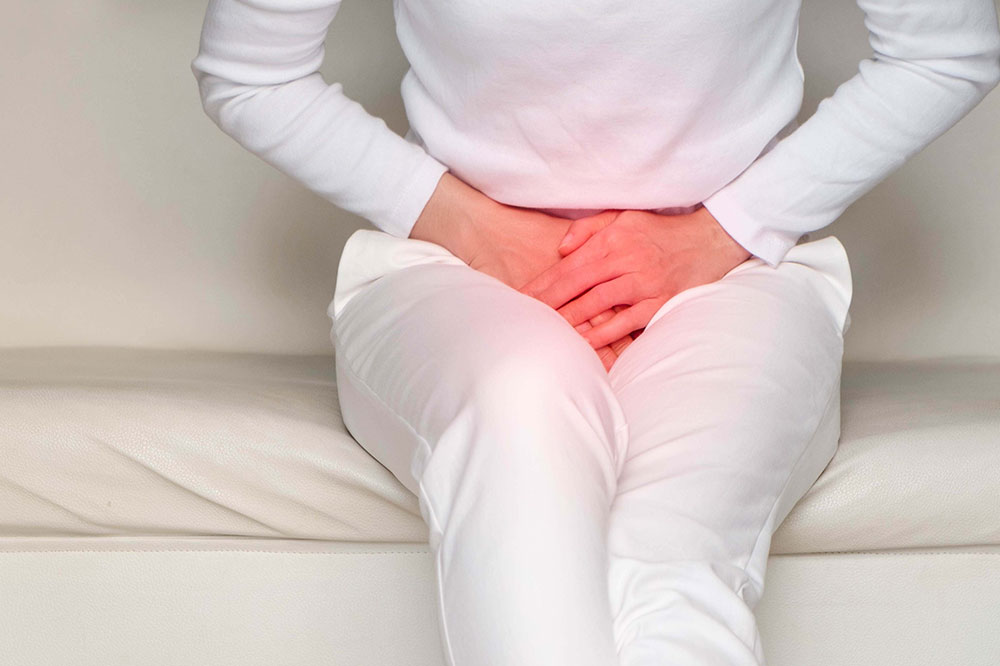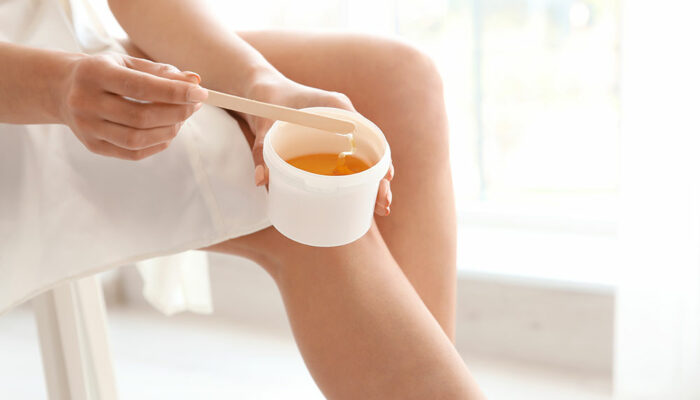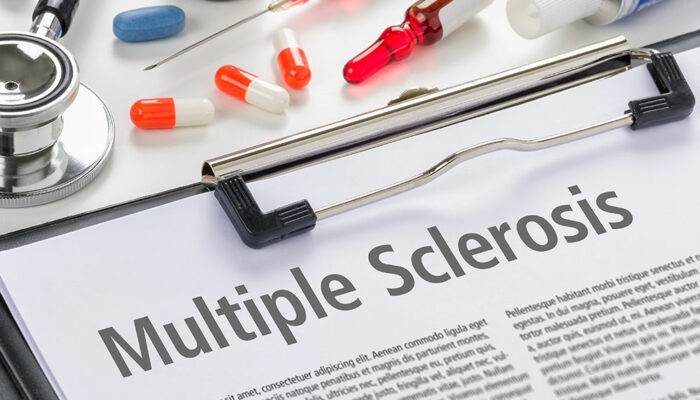
Types of Urinary Incontinence and the Treatment Options
Urinary incontinence or UI is a bladder problem where the person primarily experiences the intense urge to urinate. The person may also experience several other symptoms based on how serious their condition is. Some people may only feel an intense urge to urinate frequently in the day, while others may experience some leakage. This disorder is quite common and is classified into four major types. They are described as follows:
1. Stress incontinence
In this type of urinary incontinence, the patient may experience the urge to urinate and even leakage whenever they laugh, cough, jump, or even exercise. This condition is not influenced by our emotional stress but is only affected by physical stress. As a result, the sphincter muscles are responsible for holding urine in the bladder. Several factors that could cause stress incontinence are age, pregnancy, lung-related disorders, and prostate surgery or a pelvic fracture.
2. Urge incontinence
Urge incontinence, also known as overactive bladder syndrome, is a condition in which the person feels a strong need to urinate even when their bladder isn’t full. This is because the detrusor muscles present in the urinary bladder begin to contract before the bladder is full, resulting in the sudden urge to urinate. This condition may be caused due to infection, partial blockage of the urinary tract, and sometimes even tumor.
3. Mixed incontinence
In this type of incontinence, the patient suffers from symptoms of stress incontinence as well as an overactive bladder. This may commonly occur in people with an enlarged prostate or those who have had prostate removal surgery.
4. Overflow incontinence
In this type of incontinence, the urinary bladder is never fully emptied, resulting in some amount of leakage. In such cases, the person may not feel the urge to urinate but still pass some urine due to underactive muscles of the urinary bladder. This may occur due to various reasons, including a prolapsed uterus, enlarged prostate, or nerve damage due to diabetes, multiple sclerosis, shingles, or even childbirth.
Treatment options for overactive bladder and UI
Your doctor may suggest a variety of treatment options for urinary incontinence based on the severity of the symptoms. Some common treatment methods for urinary incontinence and overactive bladder are described as follows.
1. Medication
In such cases, the doctor may prescribe certain drugs called anticholinergics that effectively block nerve signals that cause muscle contraction in the urinary bladder. They may also prescribe antidepressants or may inject botox in the bladder muscles to relax them and reduce the urge to urinate.
2. Bladder training
This method does not require any medication and is recommended to those who experience minor incontinence symptoms. In this method of treatment, the patient is required to urinate at set times throughout the day instead of going whenever they feel the urge. This method is also known as scheduled voiding.
3. Pelvic floor exercises
These exercises are helpful in strengthening the muscles of the urinary bladder and can be done by anyone to strengthen their pelvic muscles. Also known as Kegel exercises, these involve rhythmic contraction and relaxation of the pelvic muscles a few times during the day. You may also use electrical stimulation and biofeedback to track your progress.



